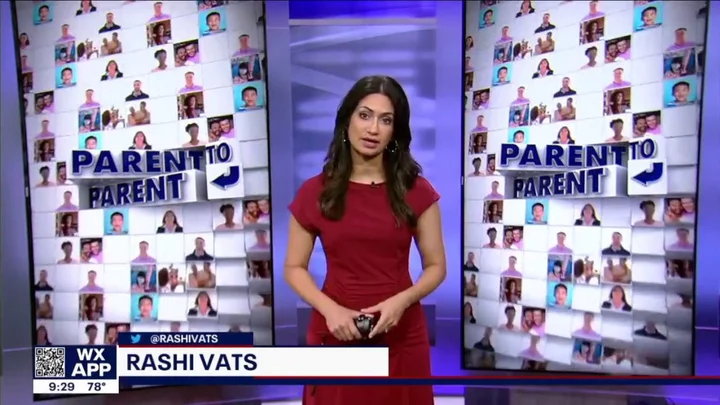
How much are 'TikTok challenges' to blame for recent tragedies?
The nefarious potential of digital technology has never been of greater concern. Artificial intelligence is already outsmarting us, and doxxing and deepfake are now firmly part of the common lexicon, so it’s no wonder we live in fear of what lies ahead for our kids. We already lament that young people live their lives as much on social media as they do in the real world, but to what extent can we blame these platforms for everyday mistakes and, even, tragedies? To answer that question, we must turn to two words which strike fear in the hearts of parents around the world. They are: “TikTok” and “challenge”. Sign up for our free Indy100 weekly newsletter To the uninitiated, trends and challenges are the lifeblood of the video-sharing app. What began as a lighthearted stage for lip-syncing and dance routines (originally called Musical.ly), is now a hive of endless hashtags, each one encouraging a new stunt or craze. TikTok’s algorithm is a formidable and unpredictable beast, with the power to propel content creators to global stardom and seven-figure earnings and churn out entire new brands. But while most of us can forgive the platform for inviting pink sauce and Charli d’Amelio into our homes, we will not forget its more sinister capabilities. Indeed, mums and dads not only have to contend with the influence of certain notorious brainwashers, but they also face the prospect of losing their child to a dangerous prank – all for the sake of a few likes and the fleeting respect of their peers. A number of serious injuries and deaths have now been attributed to misguided attempts at “trends” on the app, with the so-called “blackout challenge” alone deemed culpable for the deaths of at least 20 children aged 14 or under in the past two years, a Bloomberg Businessweek investigation found. Archie Battersbee, 12, was widely reported to have taken part in the self-choking craze before he was found unconscious by his mother back in 2022. He’d suffered a catastrophic brain injury and died four months later. Then, in April this year, 13-year-old Jacob Stevens passed away in hospital six days after taking on the “Benedryl challenge,” according to his grieving dad. And less than a month ago, 16-year-old Mason Dark was left “unrecognisable” with burns after creating a makeshift blowtorch as part of an alleged TikTok stunt. Yet, there is scant, if any, proof that the platform had any part in fuelling the tragedies suffered by each of these particular kids. In the case of Archie, an inquest found that there was “no evidence” to back up his mum’s fear that he’d been doing the blackout challenge. A police report concluded that the 12-year-old had accessed TikTok on his mobile phone on the day of his fatal accident, but officers had been unable to pinpoint exactly what he’d been watching. However, photos and videos downloaded from the device offered no indication that he’d expressed interest in any auto-asphyxiation material. Similarly, TikTok took centre stage in reports on Jacob’s death, but a spokesperson for the company told indy100: "We have never seen this type of content (meaning the Benadryl challenge) trend on our platform and have blocked searches for years to help discourage copycat behaviour.” And although it was almost universally reported that a "TikTok challenge" had inspired Mason to created his near-lethal flamethrower, no outlets were able to provide any details on this. Could it be that he got the idea from another source or platform? Indeed, YouTube hosts numerous make-your-own blowtorch videos, some of which date back a number of years –meaning many of these fad projects were around before TikTok even existed. Still, although TikTok claims that it carefully monitors hashtags so that it can block potentially damaging content, a quick search of “flamethrower challenge” by indy100 yielded at least five examples of creators brandishing dangerous homemade devices. Admittedly one of these was captioned: “Don’t try this at home,” but doesn’t that sound like a challenge in itself? Social media companies are under mounting pressure to protect their young users from online harms and to better enforce age restrictions. And yet, even with the employment of increasingly sophisticated AI and tens of thousands of human moderators, they seem to constantly fall short in their duties. Yet, just look at recent headlines and it’s clear that TikTok seems to be shouldering most of the blame. Perhaps this is because it is the platform of choice among the very young and impressionable – it’s the most popular app in the US, used by almost 70 per cent of 13 to 17-year-olds, according to one survey. But perhaps it’s also because TikTok’s biggest rival launched a major campaign to tarnish its reputation last year, and it's still suffering the repercussions. Meta hired one of the most influential Republican consulting firms in the US to turn the public against the platform, driving home the idea that the app was a danger to American kids and society. The firm, Targeted Victory, used a nationwide media and lobbying push to spread the message that TikTok was a “threat”, according to leaked emails seen by the Washington Post. Among its tactics was to promote dubious stories about alleged “TikTok trends” that, in fact, originated on Facebook, the paper noted. In another email, a staffer for Targeted Victory asked one of the company’s partners: “Any local examples of bad TikTok trends/stories in your markets? [The] dream would be to get stories with headlines like ‘From dances to danger: how TikTok has become the most harmful social media space for kids’”. Following the Post’s investigation, Meta spokesperson Andy Stone defended the campaign saying: “We believe all platforms, including TikTok, should face a level of scrutiny consistent with their growing success.” TikTok responded by saying it was “deeply concerned” about “the stoking of local media reports on alleged trends that have not been found on the platform.” And yet, for all its protestations of innocence when it comes to the housing of high-risk content, TikTok was essentially the architect of its own problems. Back in 2016, Alex Zhu – the co-founder of what was then Musical.ly – boasted that his app was different to its competitors thanks to its promotion of "daily challenges". Every day, the company set users a new task – whether that be a dance routine or a weight-lifting mission – each of which typically spawned more than one million videos, according to Bloomberg. When Musical.ly was bought by Bejing-based platform ByteDance in 2017, and the two merged to become TikTok, the challenges came with it. These trends struck a particular chord with teens stuck at home during the first wave of the Covid pandemic, and so TikTok staff did everything they could to boost interest, for example, by getting influencers to encourage involvement. When more and more dangerous crazes started to crop up (remember the “milk crate challenge”?), TikTok established a “harm spectrum” to help its moderators decide what should be removed, Eric Han, the company’s US head of safety told Bloomberg. Nevertheless, children may be naive but they’re not stupid, and they soon found ways to circumvent the filters and restrictions. Participants adopted new names and hashtags for the dares, in some cases using deliberate typos or code names to signpost their content. The challenges were also carried over to different platforms, infesting social media as a whole with the weird, whacky and outright life-threatening. And so, we come back to our original question: to what extent can we blame these platforms – and, more specifically, TikTok – for the mistakes, injuries and even deaths of the young? The answer is, this shouldn't be about apportioning blame but about taking responsibility and collectively doing everything we can to protect our children. The likes of Facebook, Instagram and, yes, TikTok, too, all need to do more to impose age limits and remove harmful content, and stop putting growth over the safety of their young users. However, we must also accept that kids will always find ways to break the rules, and it's up to us as family members and friends, to remind them that a cheap thrill in your social life isn’t worth losing your whole life over. Have your say in our news democracy. Click the upvote icon at the top of the page to help raise this article through the indy100 rankings.
2023-05-20 14:25
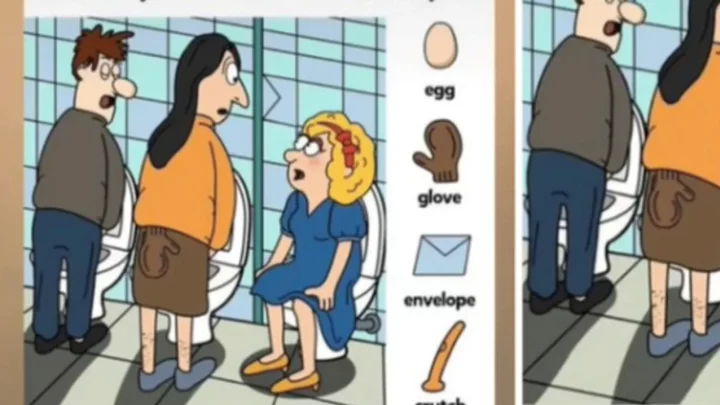
Where is the fourth object in this picture? No one can find the crutch
From optical illusions to world puzzles like Wordle, the internet is full of different method to put our brains to the test - and this "I'm sure you can't find the 4th object" picture is putting people to the test. The picture itself shows three people at the toilets, with one woman sat down while the two are stood over their own respective toilets. At the side of the image are the objects to find: an egg, a glove, an envelope and a crutch. Sign up to our free Indy100 weekly newsletter @e.ugh Ameer Oakley ? on TikTok For those who want to try and figure out where those things are - the answers are ahead... Given the beige colours of each object, they may be difficult to spot initially, but the brown glove is on the skirt of the person standing in the middle of the image. Next, the egg can be found on the nose of the person on the left-hand side and then the envelope has been can tilted at 90 degrees in order to blend in with the bathroom tiles on the wall. But what about the crutch? Well, no matter how much you scan and analyse the picture, you will not find a crutch hidden in there. In the creator's profile image, it suggests a way to figure out the last part by doing the following: "Tap the + to see it." Though this will only mean you follow this account, and still you won't be able to see a crutch as there isn't one in the picture. This is a popular method to gain followers, so next time you're scratching you head over a TikTok puzzle this is something to always keep an eye out for. Have your say in our news democracy. Click the upvote icon at the top of the page to help raise this article through the indy100 rankings.
2023-05-20 05:23
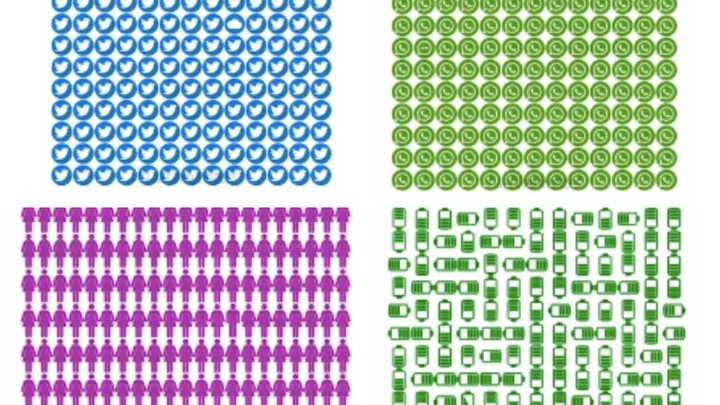
Only 10 per cent of people on Earth can find the hidden objects in these four puzzles
A TikTok test is challenging users on how quickly their brains can work and only 10 per cent of people can complete it. Brain teasers are a fun way to test how agile your mind can be and one test on TikTok is pushing that to the limit by asking users to find the odd object out within just seven seconds. It was shared online by TikToker @cloutatlas who explained it was a test to “see how fast your visual reflexes are” and how quickly your brain can spot “unfamiliar” images in a pattern. They explained, “Only 10 per cent of people on the planet can get all four stages in seven seconds”. Luckily, the answer is provided after seven seconds of viewing time. The first of four images to appear was a 13 x 10 grid of Twitter logos. But, instead of a bird, one of the “logos” was actually a cloud. Sign up to our free Indy100 weekly newsletter @cloutatlas This is a test to see how fast your visual reflexes are. #foryou #test #reflex #brainteaser #braingames @cloutatlas @cloutatlas @cloutatlas Next, arranged in the same grid shape were 21 x 7 purple female bathroom signs, but one male sign was disguised among them. These were followed by a grid of WhatsApp logos and finally an arrangement of battery symbols. The video has been viewed over 31 million views and people in the comments revealed how they got on. One person wrote: “All of them. The second one was the hardest for me. The last one was the easiest.” Someone else said: “3/4 didn’t get the second one.” “Didn’t find the 1 and 2 but 3-4 I got quick,” said another. Have your say in our news democracy. Click the upvote icon at the top of the page to help raise this article through the indy100 rankings.
2023-05-19 23:26
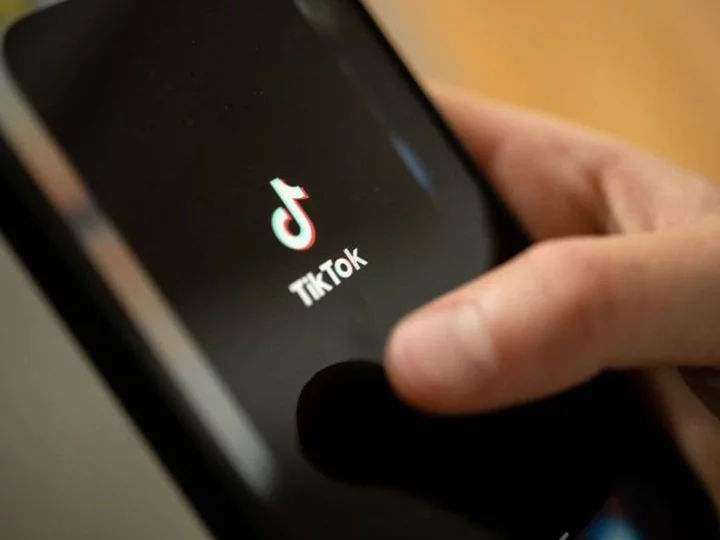
Why Montana's TikTok ban may not work
Montana has become the first US state to ban TikTok on all devices, even personal ones, triggering renewed doubts about the short-form video app's future in the country.
2023-05-19 19:26
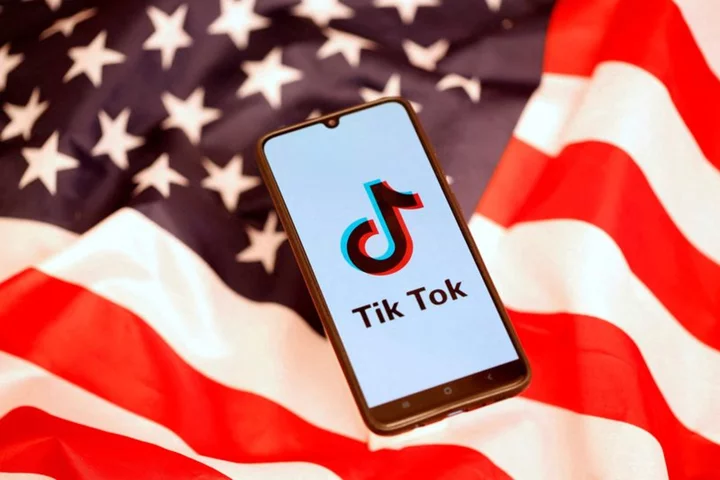
TikTok users file lawsuit to block Montana ban
By David Shepardson WASHINGTON (Reuters) -Five TikTok users, who also create content posted on the short-video app, filed suit in
2023-05-19 06:29
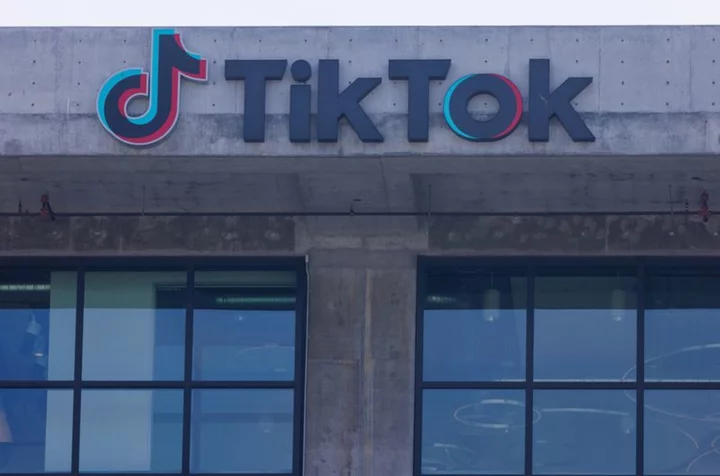
Explainer-How Montana could enforce a TikTok ban
Montana took the unusual step on Wednesday of banning Chinese-owned short video app TikTok, with lawmakers of the
2023-05-19 05:59
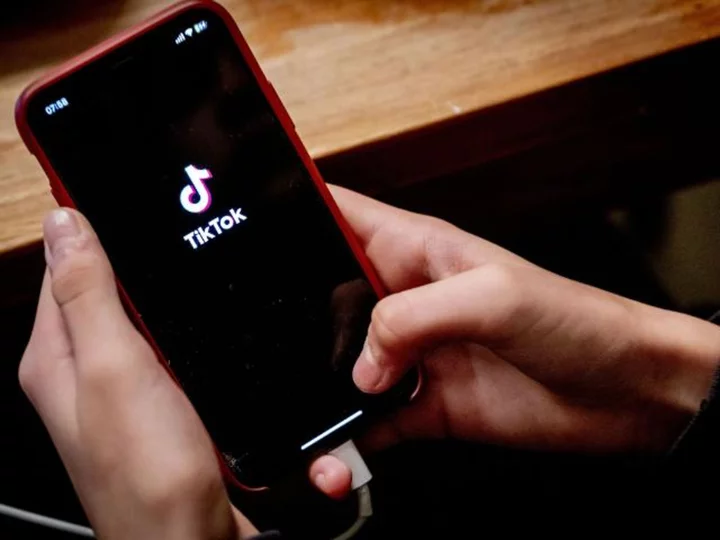
TikTok creators sue Montana over app ban
A group of TikTok users has sued to overturn Montana's new statewide ban blocking the app, alleging that the law signed this week by Gov. Greg Gianforte violates the First Amendment.
2023-05-19 05:54

Banning TikTok vs. protecting Twitter
Americans' commitment to freedom of speech is colliding with their dislike of the Chinese government and their addiction to social media.
2023-05-19 05:26

Teenager's essay that made English teacher cry has TikTok 'sobbing'
A teen’s heartwrenching essay that made her professor cry has gone viral on TikTok leaving readers “sobbing”. Teenager Ryan Harman penned the personal essay when she was just 18 years old after losing her mother to cancer. The TikTok has been viewed almost 7 million times and racked up 1 million likes as Harman shared screenshots of the story she penned about her mother’s untimely death. Harman’s heartbreaking story began with her explaining that her mother had been diagnosed with Sarcoma cancer in January 2021. At the time, Harman explained, her mum made it her mission to be around to see her children graduate and attend prom. The TikToker wrote: “She never asked the doctors for a time expectancy, she wanted to live the best she could with her 3 children and her husband. Sign up to our free Indy100 weekly newsletter “My mom had a goal from the start, to watch me go to my senior prom and to see me and my sister, Madeline, walk across the stage at graduation. She achieved both of those goals.” As her mother’s condition worsened, Harman described the agony of knowing she was going to lose her mother, writing: “My heart shattered into a million pieces.” Harman recalled being by her mother’s side almost constantly towards the end and feeling a sense of “relief” when the final moment came that “my mom passed away just the way she wanted to and I knew she wasn’t in pain anymore”. The essay left other TikTokers in tears, with many in the comments commenting on how proud her mother would be of her. “I can’t stop crying,” one person commented. Another said: “Beautifully written, I know she is so proud of you.” Someone else wrote: “I’m sobbing.” One TikToker commented: “This has me ugly crying right now, you’re so strong. I know your mom is so proud of who you’ve become.” Have your say in our news democracy. Click the upvote icon at the top of the page to help raise this article through the indy100 rankings.
2023-05-18 23:15
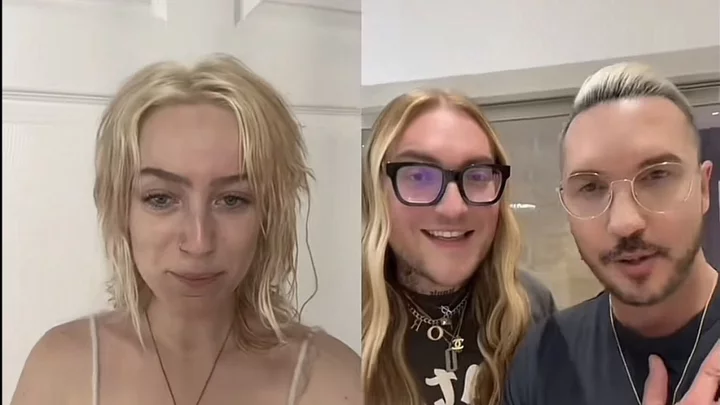
Hair salon offers to fix woman’s hair for free after it began to fall out
A woman’s TikTok has been viewed of 62 million times after showing a bleach job gone wrong. Steph, known as @thestephseries on TikTok, showed herself crying, pulling clumps of damaged hair off her head in the shower. The comments were full of sympathy from shocked viewers with some offering Steph recommendations on how to move forward, saying they wanted to ‘give her a hug’, and others reassuring her that she’d still look beautiful with shorter hair. ‘I was so happy that my hair was getting so long, and I don’t even know what it’s gonna look like,’ she said. Initially there was no explanation as to what had caused her hair to fall out, but after attracting so much attention, Steph proceeded to make a follow up video detailing what had happened. At the beginning of the video she says, ‘this is your sign to just go to a professional.’ She states that she has dyed her hair and her friend’s hair using the same products previously, but this time there was one difference: she had used colour remover. Sign up to our free Indy100 weekly newsletter So in order to go to blonde from her brown dyed hair, she used colour remover first. Viewers explained that it’s best to wait a week after using colour remover before applying any bleach. Which is why Steph’s hair became so damaged, so quickly. The reason it’s important to wait so long is because the colour remover can already damage your hair, and cause your hair to lose a lot of moisture. @thestephseries Ive never felt so ugly in my life, if anyone wants to send me a wig it would be appreciated #fyp #thestephseries #hair #sillysteph01 #bleaching #gonewrong #help But two hairstylists saw Steph’s TikTok and replied offering to fly her out to Beverley Hills for free and help fix her hair. Hair colourist and hair extension artists Alfredo Lewis and Alex Pardoe reached out to Steph saying they wanted to ‘get your hair back on track’. They added, ‘we know how traumatic something like this can be all too well, hang in there. @thestephseries #duet with @Alfredo Lewis I CANT BELIEVE THIS @Bellamihair THANK YOU so much! #fyp #hairloss #thestephseries #sillysteph01 #bleaching#Stitch Steph accepted the offer and appeared so grateful for the duo’s offer. Her appointment is booked for May 23. Have your say in our news democracy. Click the upvote icon at the top of the page to help raise this article through the indy100 rankings.
2023-05-18 21:52

Factbox-Why does the US want to ban TikTok? The allegations against it
WASHINGTON Montana Governor Greg Gianforte on Wednesday signed legislation to ban Chinese-owned TikTok from operating in the state
2023-05-18 08:28
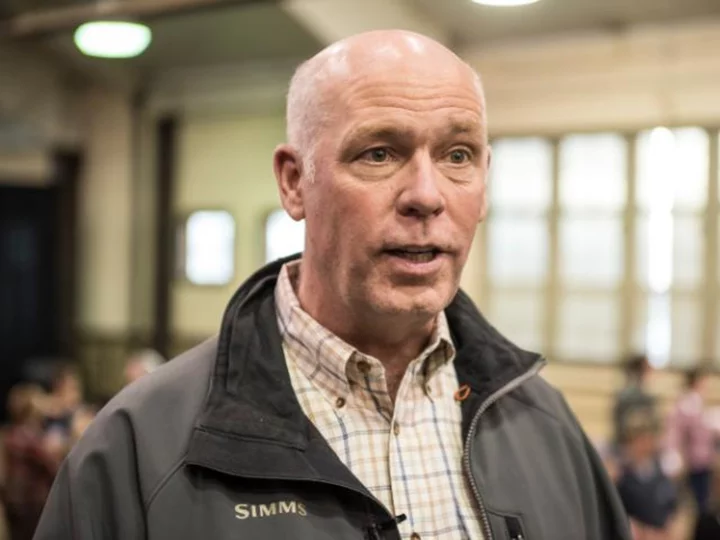
Montana governor bans TikTok
Montana Gov. Greg Gianforte tweeted Wednesday that he has banned TikTok in the state "to protect Montanans' personal and private data from the Chinese Communist Party."
2023-05-18 06:27
